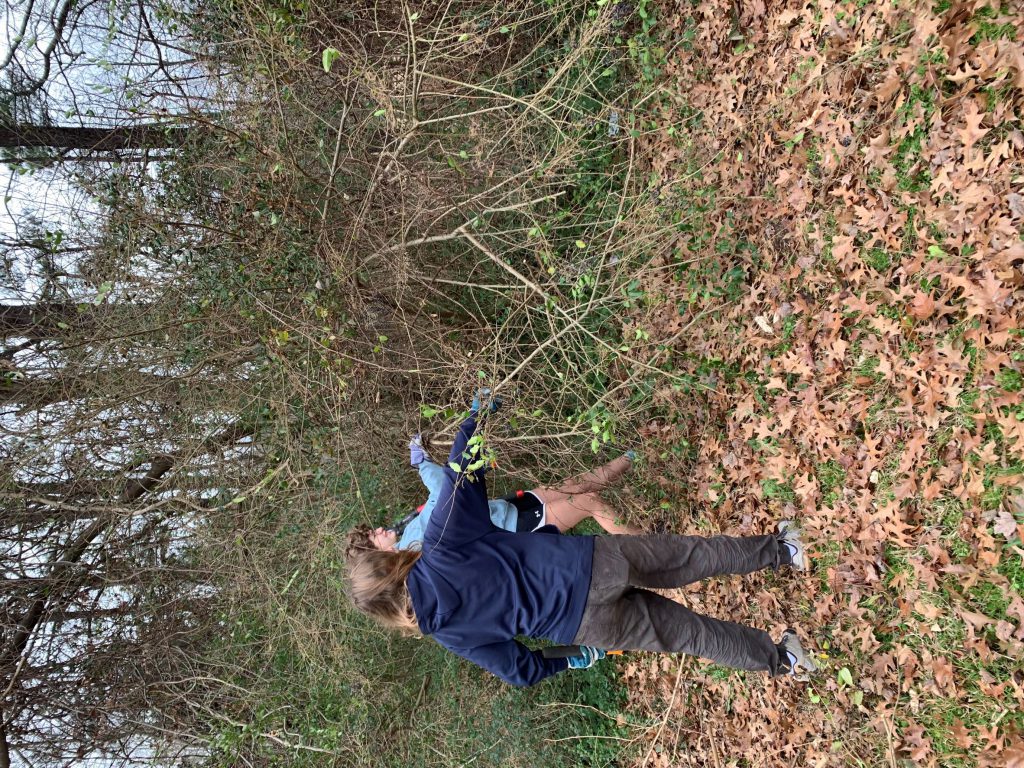Every semester, students are invited to present their internships, research projects or work experiences at the “Port Day” undergraduate discovery fair. Students from all majors are encouraged to take the research course in their respective areas of study. Recognizing students’ research is an important part of the research process. Hours of work inside and outside of the lab go into STEM-focused undergraduate research. Teresa (Tess) Jones was among the few students selected to be a keynote speaker at the most recent research symposium.
Research Experiences for Undergraduates (REUs) are typically offered by the National Science Foundation (NSF) for students at institutions where their research aspirations cannot be adequately met. The agency fully funds these experiences to allow students to obtain the critical exposure necessary to succeed in science-related fields. Many research institutions deemed “R1: very high research activity” offer these programs through the NSF. If undergraduates want to propel themselves in their respective science fields, an REU is the way to do this.
Jones is a mathematics major and philosophy minor. The basis of her research is to establish the Valsalva maneuver (VM) as a safer, more accessible and reliable tool to diagnose Postural Orthostatic Tachycardia Syndrome (POTS). POTS may be a form of dysfunction of the autonomic nervous system. Clinicians do not know for sure what causes POTS.
Jones’s ongoing research focuses on baroreflex-induced changes to blood pressure, which are mediated by the parasympathetic and sympathetic nervous system. She conducted this study at North Carolina State University’s Directed Research for Undergraduates in Mathematics and Statistics (DRUMS) program. This was through the National Science Foundation (NSF) and National Security Agency (NSA) fund for REUs. Jones remarked, “Typically, REUs only last ten weeks, but my project is still going. We use mathematical modeling and machine learning to characterize a form of dysautonomia typically experienced by young women.” This is widely referred to in the medical community as POTS.
Jones went on to explain her research in detail, “Using blood pressure measurements from patients, the model estimates heart rate. We can compare how “correct” the model is based on estimates extracted from ECG measurements. The exciting part is that the model also gives us a representation of the autonomic activity and patient-specific parameters (qualities physicians cannot measure). We have spent about six months working on our model and getting clinical biomarkers. Now, we are analyzing those quantities with machine learning algorithms to classify which of our patients.”
The research she has conducted is in the process of being written in a paper for submission to the Journal of Physiology. She noted this journal submission is only a small step to the team’s overarching goal; the creation of a model that can reliably diagnose patients without inducing painful symptoms. Future applications of the research include designing a watch that can analyze blood pressure data to measure the performance of the wearer’s autonomic nervous system. This would provide real time feedback about how a person’s autonomic nervous system is functioning.
To share the wealth of knowledge obtained in this research project, Jones has attended two conferences and plans on attending at least two more. She plans on going to Denmark over the summer to work with a clinical collaborator. She noted that she has met “incredible researchers and aspiring mathematicians.” By being exposed to experts in the field, Jones’s research assured her that she wants to pursue a PhD in mathematics and continue with this form of modeling in a new and upcoming field, biomathematics. As for what is next for Jones, she has been offered fellowships for graduate schools and plans on spending the next few months before graduation visiting them.
Jones would like to acknowledge all of the people who helped to make her research possible: Dr. Mette Olufsen (NCSU) and Dr. Ben Randall (UMich), serving as research advisors. In addition to advisors, her fourth year PhD graduate student mentor, Justen Geddes (NCSU), and undergraduate teammates, Perry Beamer (UMD), Nicole Gallegos (BU) and Caroline Hammond (UDelaware) were all instrumental components to the project. At Virginia Wesleyan, Dr. Malagon, Dr. Kennedy and Dr. Reese guided her through the mathematics program. Her roommate, friend and “lab rat,” Caroline Tryfiates, also served as encouragement throughout the process by encouraging her to never waiver on her goals.
By Jack Palmer
jrpalmer@vwu.edu



